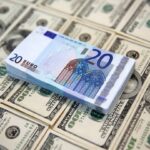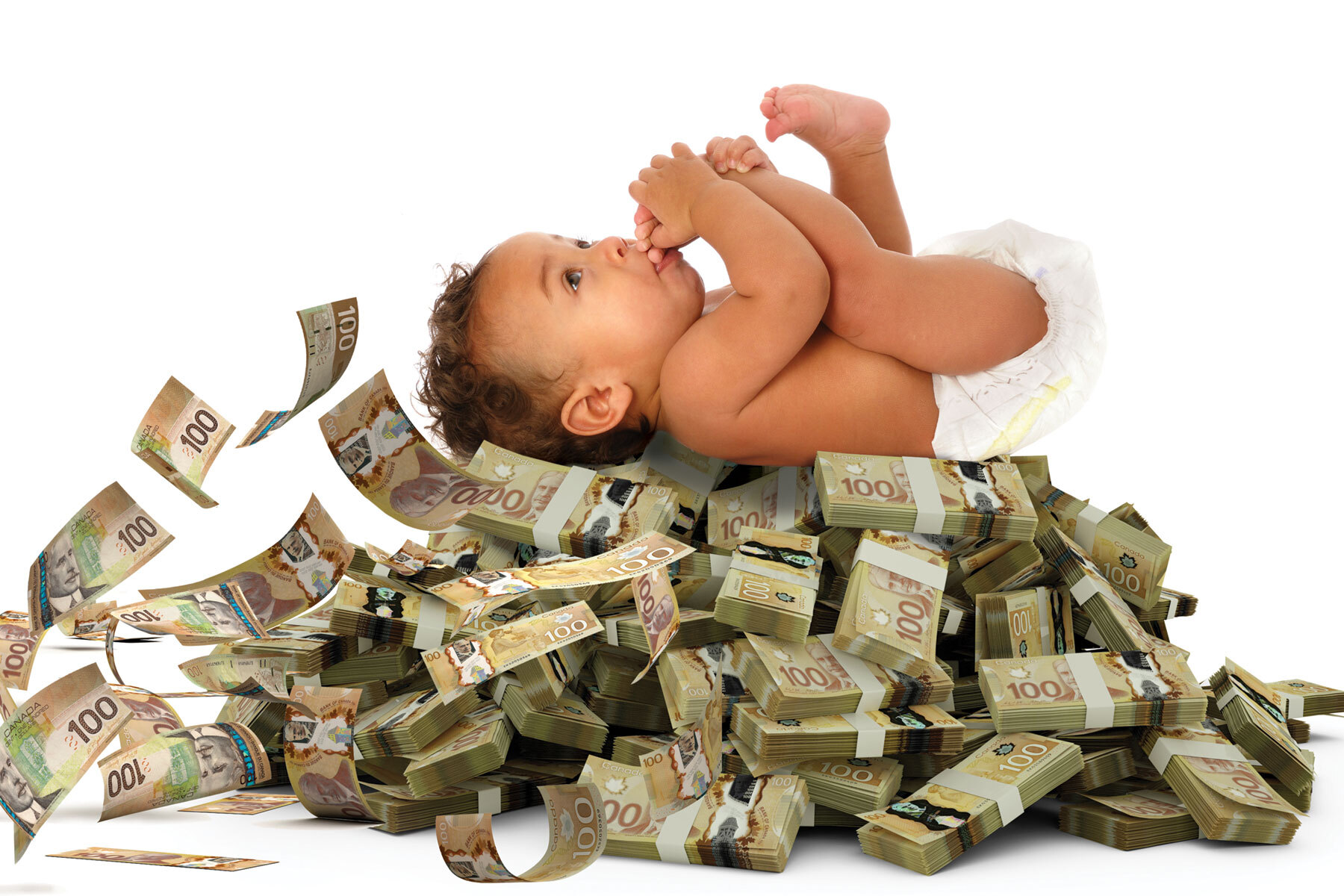For traders, the $1 mark is a key psychological level The euro has fallen to one-year lows, reviving talk the currency could hit the $1 mark. Donald Trump’s U.S.
election win raises the prospect of a hike in tariffs that could deal a fresh blow to the euro zone economy. At around $1.06 , the euro has slumped nearly 5% from more than one-year highs in September when a weakening economic outlook stopped it in its tracks.
Euro/dollar is the world’s most actively traded currency pair. Here’s a look at what’s driving the move in the euro and what could be next for the currency. It’s possible.
Parity is just 6% away and the euro has traded below that level before – once in the early 2000s and again for a few months in 2022, when U.S. interest rates were rising faster than euro zone ones as Europe grappled with the energy price surge that followed the war in Ukraine.
For traders, the $1 mark is a key psychological level. So a fall below here could exacerbate negative euro sentiment, leading to a further depreciation. Big banks including JPMorgan and Deutsche Bank reckon a drop to parity could happen, depending on the extent of tariffs.
Tax cuts could also fuel U.S. inflation and limit Federal Reserve rate cuts, making the dollar potentially more attractive than the euro.
A weak currency typically raises the cost of imports. That can lead to prices of food, energy and raw materials rising, aggravating inflation. Since hitting double digits two years ago, inflation has fal.


















